Media | Articles
Hand-built Ferrari 250 GTO RC car is as gorgeous as the real thing
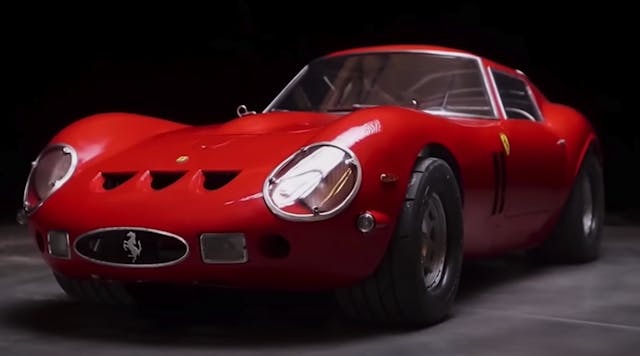
Does the eight-figure price of an early series Ferrari 250 GTO have you feeling a bit down? Join the club. For all but a select few, these are unobtanium machines. Period.
But that doesn’t mean the magic of such a gorgeous shape can’t be enjoyed on a smaller scale. The world of scale remote control (RC) has long been an avenue to simulacrums of the automotive hobby’s most alluring silhouettes, and this YouTube video showing a scale recreation of arguably Ferrari’s most iconic car is a perfect example.
https://www.youtube.com/watch?v=blnZJRbNWrM&ab_channel=%E5%A4%A9%E8%B5%8B%E4%B8%8E%E8%89%BA%E6%9C%AFTalent%26Art
The craftsmanship is the work of someone known as Liumutou, who originally posted the video to a Chinese website called Bilibili. (The video appears to have been taken down now.) Armed with a spot welder, he mocks up a tube spaceframe in the shape of the swooping Italian stallion around a scale RC chassis.
From our mildly trained eye, it looks like a 1:8 or 1:10 scale chassis with an electric motor up front that drives the rear wheels, working suspension, and functioning steering controls. Not content to leave an exterior detail out, Liumutou even fabricates a quad-tip exhaust—with working smoke effects!
Marketplace
Buy and sell classics with confidence
He then takes it to a whole other level by hand-forming the aluminum sheet metal bodywork, painstakingly forming each gorgeous curvature with a small hammer and dolly—the same method used in the early sixties on real 250 GTOs. We won’t exhaust you with every detail here in the text, but man alive the way that hood bulge comes together is satisfying to watch.
For the tighter bends and creases, he snips tabs into the aluminum that can be folded into more compact curvatures. The finned shapes are then spot-welded into place, and a generous helping of soldering material is used to fill in the rest of the weld lines. After a hefty amount of file work and some body filler, the surface is ready for paint.
The finishing touches truly feel like a mic-drop in the detail department: a gas cap that opens and closes, tiny door handles, little leather straps to fasten the hood down, and working headlights and taillights. (Again, the delight for RC folks tends to lie in the exacting level of detail—doubly so if you can make a piece function, like those blinking turn signals.)
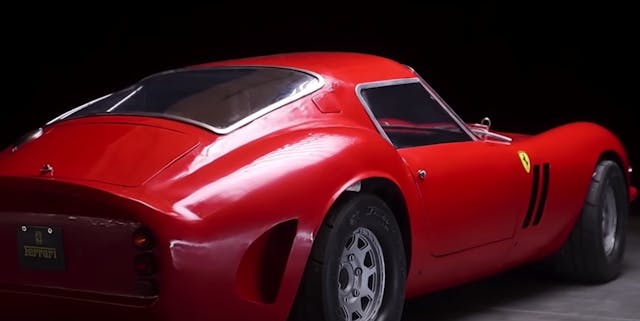
While most scale RCs these days use polystyrene and plastic for their bodies, there are still a select few that opt to craft their bodies out of sheet metal. Having seen a few of these up close, I can say with confidence that a metal-bodied RC just—as the youths are wont to say—hits different. If you’re in need of a mental break from this weird ‘tweener week between the holidays, sitting back and watching this stunning machine come to life might be just what the doctor ordered.
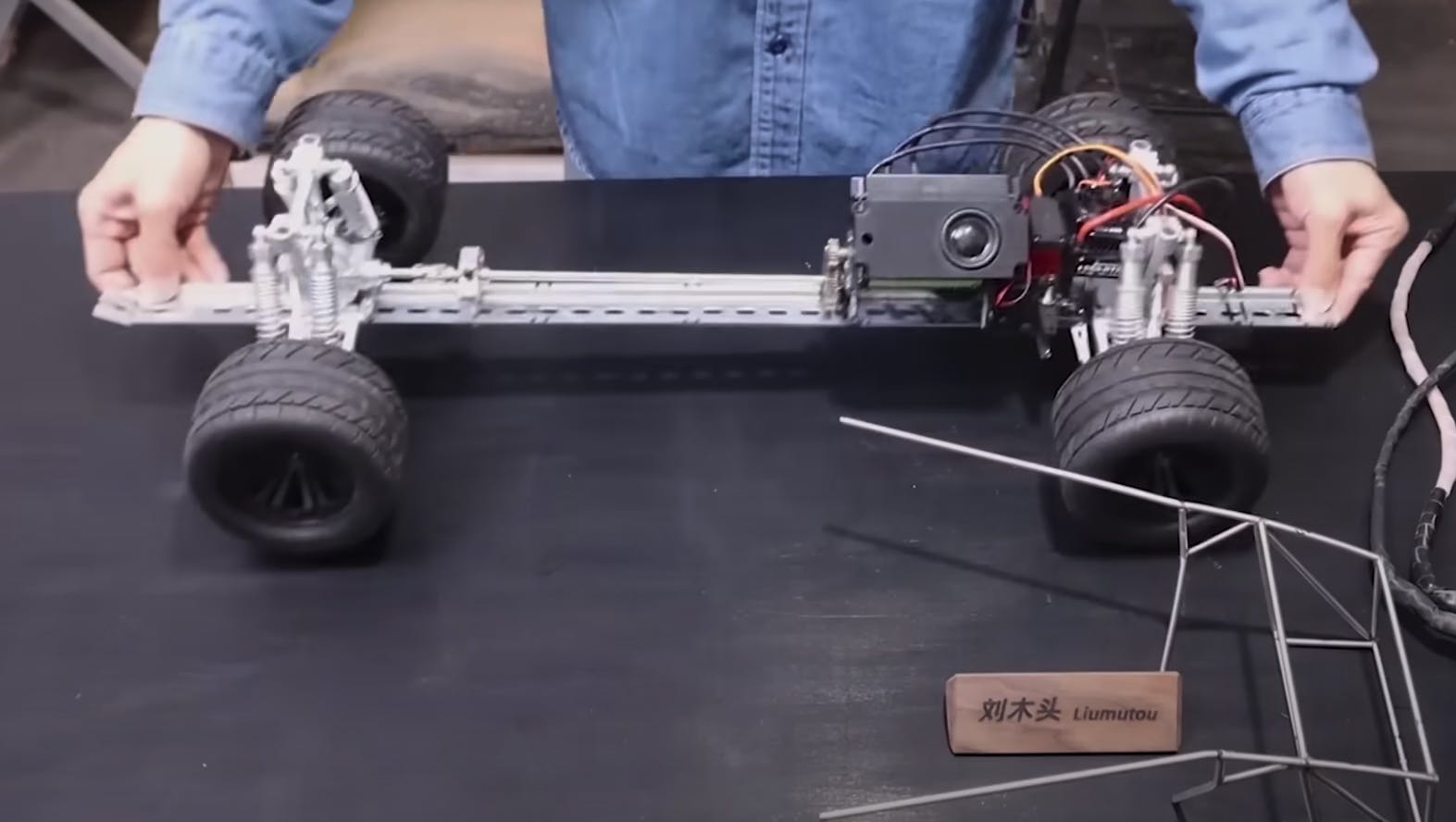
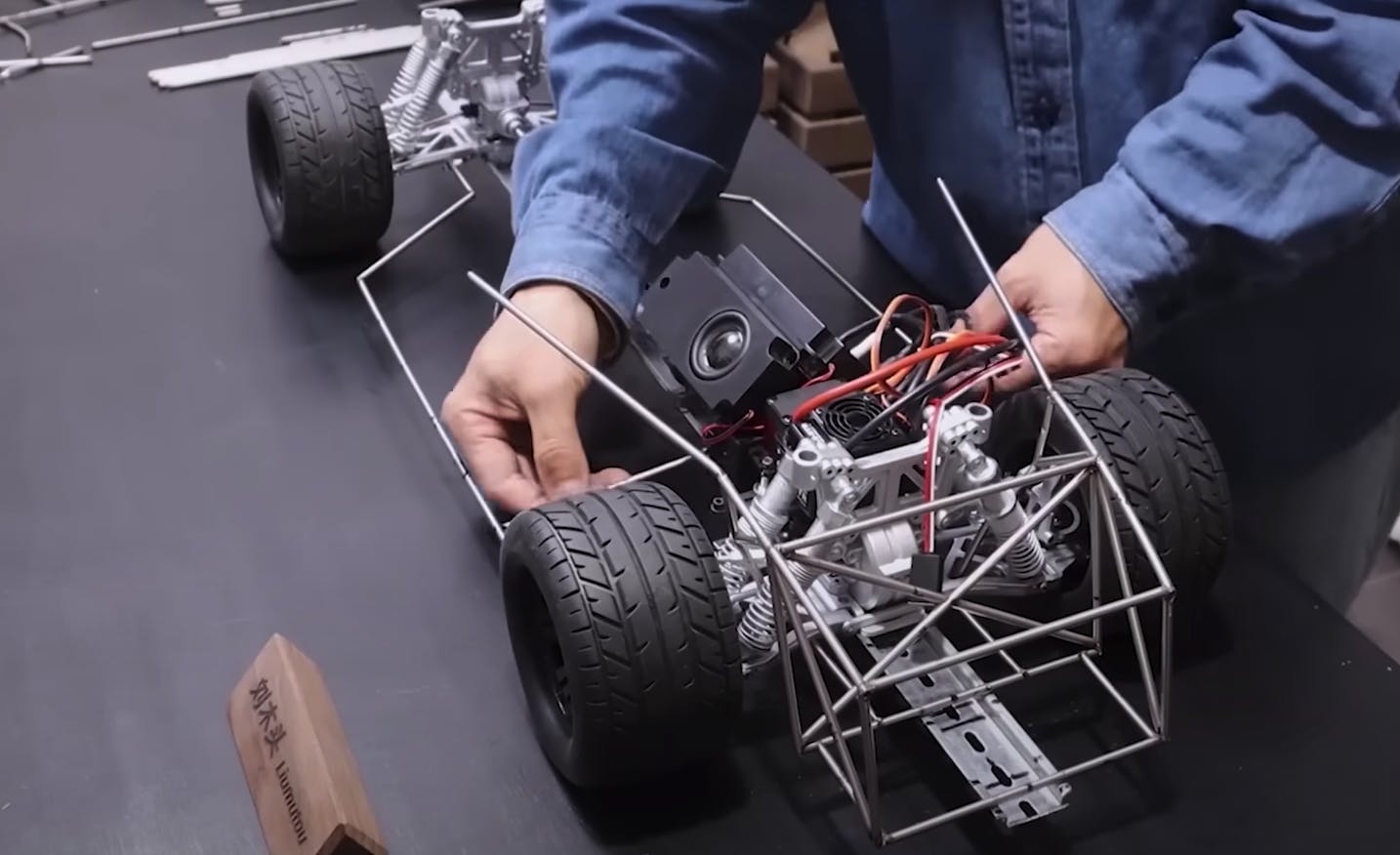
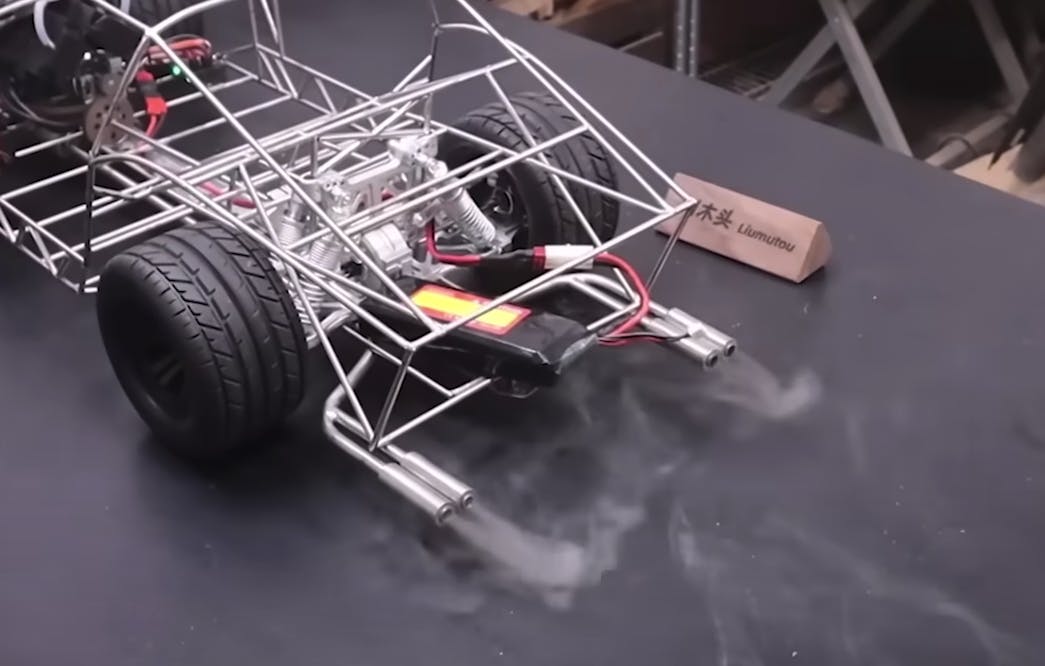
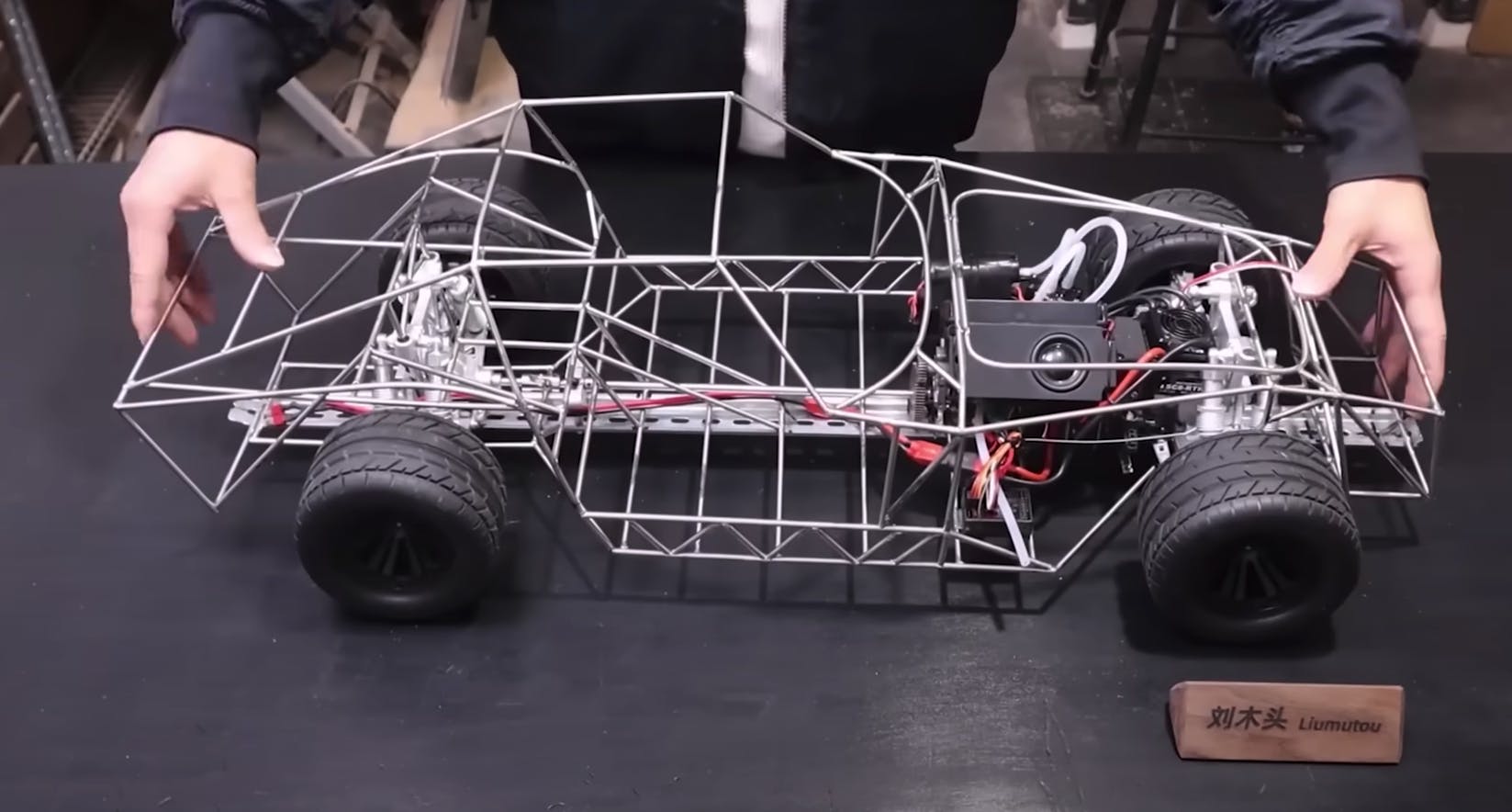
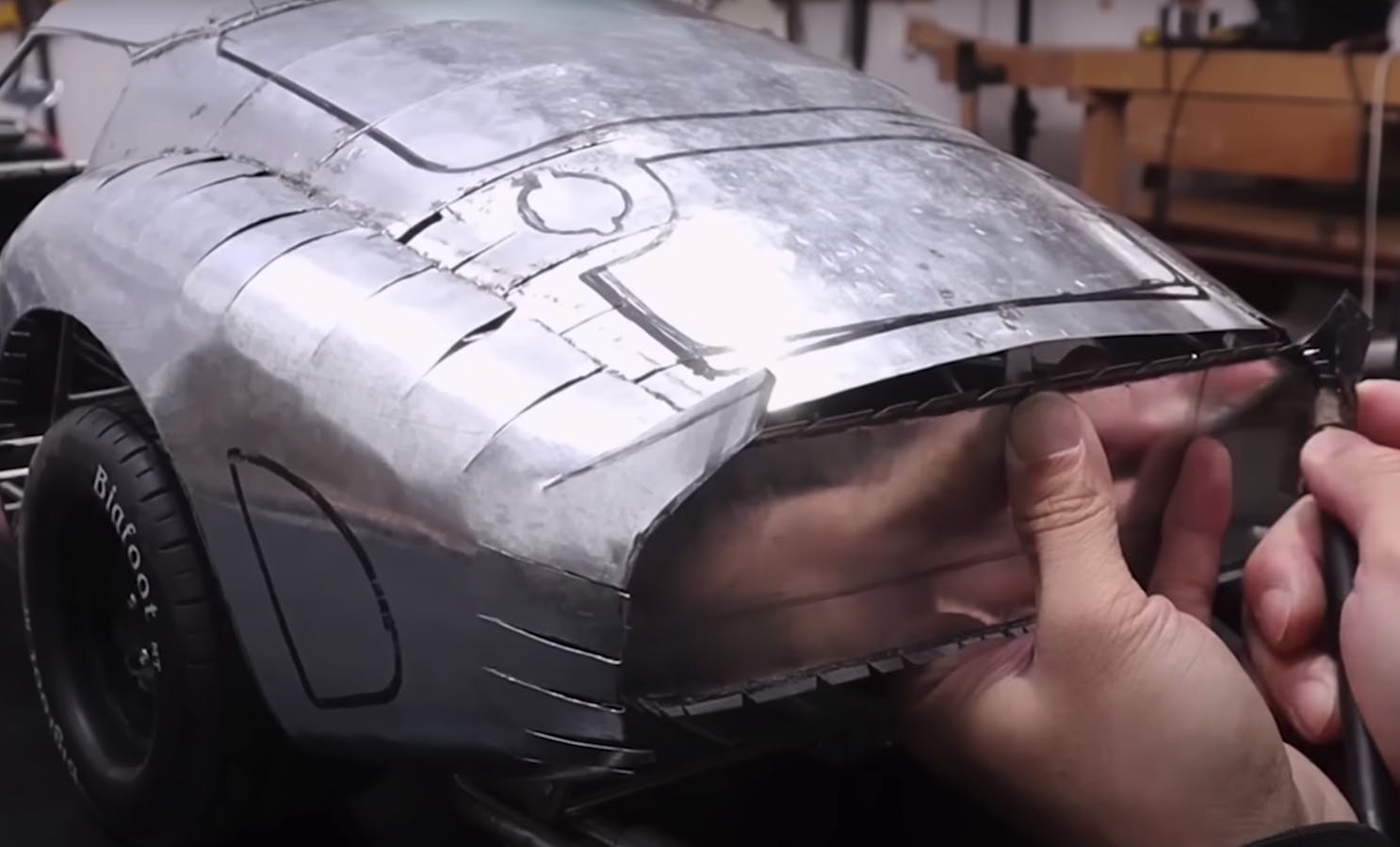
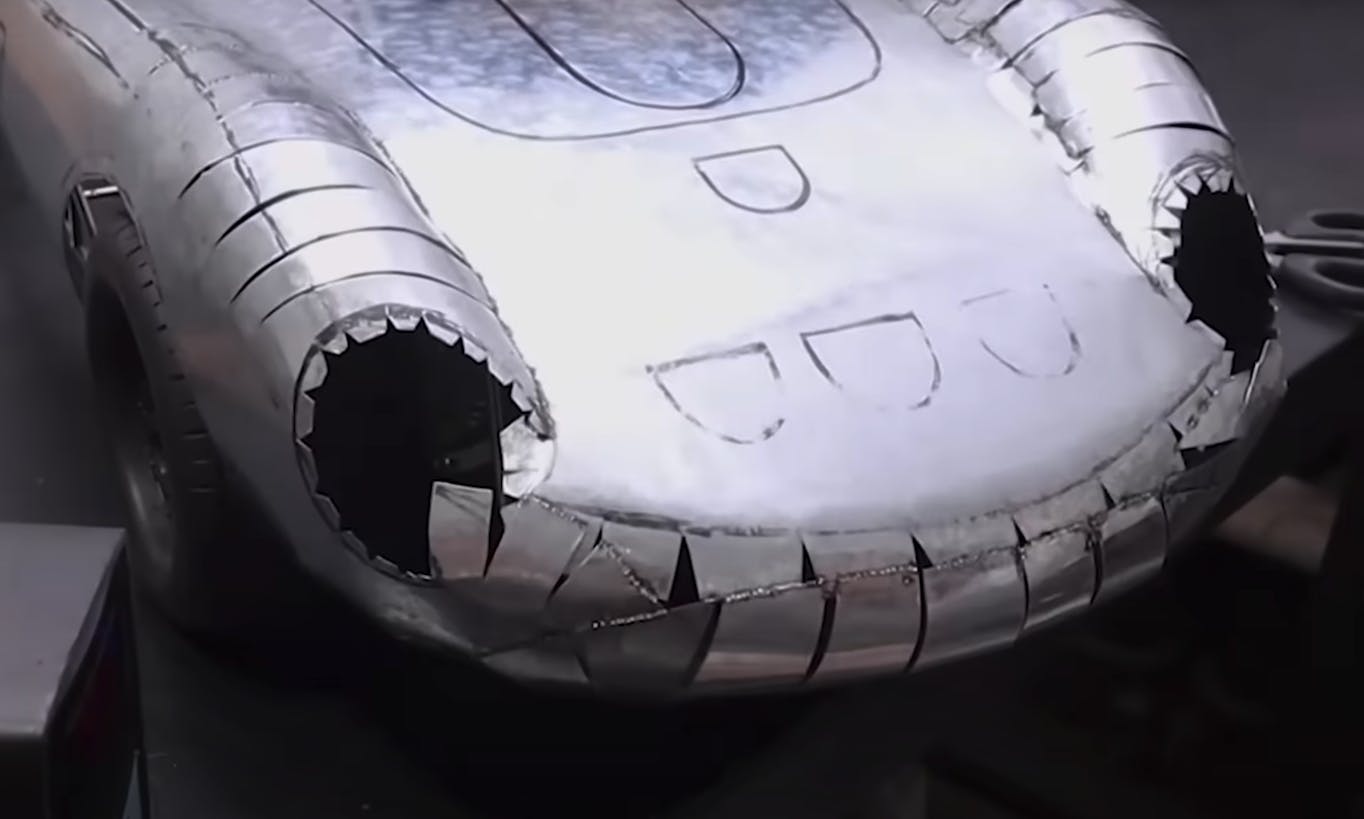
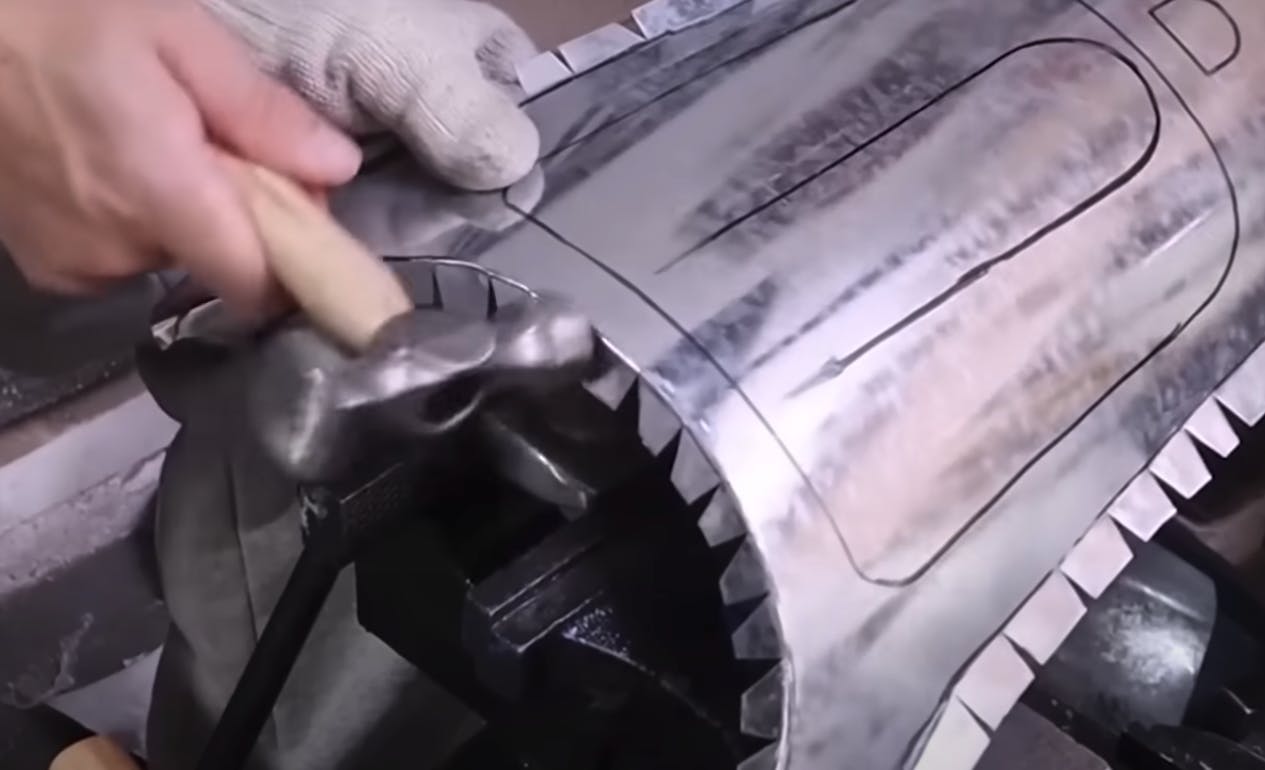



















Pretty impressive. Watching this, I see no reason that I shouldn’t be able to just follow the steps but do it all in 100% real scale. I’ll have me a running-driving 250 GTO in no time at all! (It’ll actually be easier because I won’t have to worry about all that RC stuff and won’t have to install a fake smoke-maker in the tailpipes, plus, I won’t have to use tweezers to assemble it.)
Be sure to check back with me regularly to see my progress.